What are the more famous brands of Taiwan tea? what are the top ten famous tea brands in China and Taiwan?
Origin of tea species:
Tea (Camellias 1nens1s L. Kuntze) is the most important economic crop in the family Theaceae and Camellia. Among the tea species, there are many subspecies, and the five most important species are Chinese leafy species (C Sinensis Var. Sinensis) and Asam species, or C Sinensis Var. Assamica), and other subspecies are scattered in Central China, South China, Yunnan and Guizhou, Indo-China Peninsula, India and other places. The province also has native Wuwei mountain tea (C Sinensis,subsp. Buisanensis), distributed in the Central Mountains, there are still very concentrated primitive forests in Meiyuan Mountain, Nantou County.
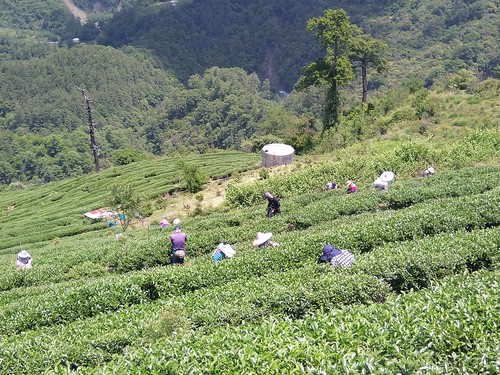
The beginning and development of tea varieties in Taiwan:
Tea production in Taiwan was first recorded in Zhuluo County in the 56th year of Kangxi (1717), but the variety used was Wuwei mountain tea. Although this native tea tree was later selected as Camellia and Chiya Camellia, it was not widely used.
At present, most of the main tea varieties in Taiwan are introduced from the mainland, among which Ke Chao introduced Wuyi seeds in the northern mountains during the Jiaqing period (AD 1796-1820).
John Dude (1869), an Englishman, introduced a large number of tea varieties and seedlings to promote tea, and actively promoted tea to become the most important cash crop in the north of the province.
Lin Fengchi introduced Qingxin Oolong in the fifth year of Weifeng (AD 1855), planted in Lugu Township and popularized it, making Lugu area the most important hemispherical tea producing area.
In order to earn foreign exchange from black tea in Japan, large-leaf seeds were introduced and actively promoted by Mitsui Co., Ltd. in 1920, making Nantou the heaviest black tea producing area in the province at that time.
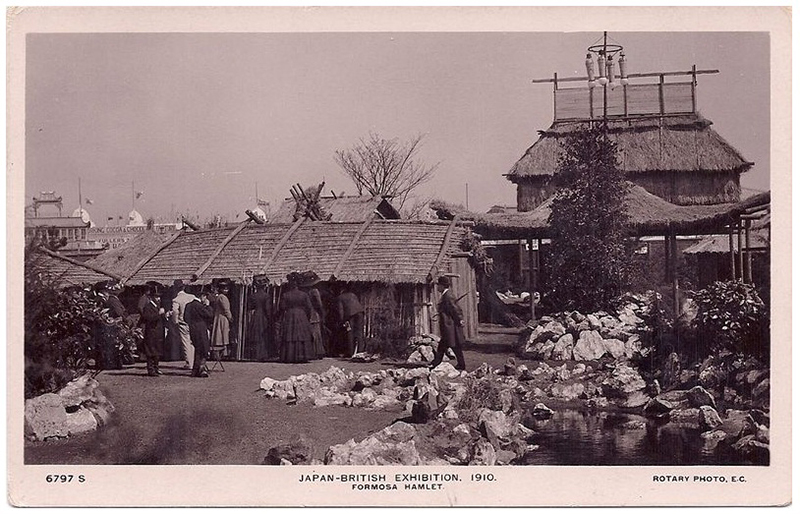
Zhang Naimiao (1875-1908) introduced Tieguanyin in Mucha, and promoted Tieguanyin tea, making Muzha the earliest and most important producing area of Tieguanyin tea in this province, while in the heyday of fried tea export, Xu Yingxiang introduced famous green tea varieties such as Tubei from Japan in 1964, but it did not become an important cultivated variety in the province.
Up to now, there are a total of 83 varieties introduced from various places, together with the local varieties selected by the folk from the introduced tea lines.
Among these varieties, the more famous one is the Pingzhen Tea Industry Experimental Institute, the predecessor of the tea industry improvement farm in Taiwan Province during the Japanese occupation era, and selected four famous species in the province, namely, Qingxin Oolong, Qingxin Dawei, Daye Oolong, and hard branch Hongxin. In addition, the tea industry improvement farm and tea breeding work has been carried out. Over the years, a total of 17 varieties have been named Taicha No. 1 to No. 17. The varieties listed above are currently preserved in the tea industry improvement field. Therefore, the total varieties collected include two original species, 83 introduced and local varieties, 17 newly bred varieties, and about 200 fine strains preserved.
Introduction of main varieties:
At present, the main varieties planted in the province are Qingxin Oolong, Qingxin Dayu, Huanggan and Taicha 12. Wuyi, Taicha 12, Qingxin Citrus, hard branch Hongxin, Tieguanyin, bergamot, narcissus, Daye Oolong, Huangxin Oolong, etc., among the main varieties, the planting area of Huangxin Oolong which is suitable for making black tea has been greatly reduced. On the other hand, Taiwan Tea No. 12, Taiwan Tea No. 13 and four Seasons Spring, which are widely used to grow tea, have soared. The main reason for this trend is that the high cost of black tea produced in the province can no longer compete with other tea-producing countries, which not only reduces the production of black tea in the province, but also has to rely on imports to provide domestic consumption.
At present, the plant characteristics of the main varieties planted in the province are as follows:
(1) Qingxin Oolong (alias; Qingxin, Oolong, seed, growing tea, soft twig, oolong, Yucong)'
The shape of the tree is slightly smaller and belongs to the open shape, the branches and leaves are dense, the leaf shape is long and oval, the leaf is the widest at 5-6 minutes, the mesophyll is slightly thicker, the cytoplasmic nucleus is soft and elastic, the leaf color is dark green and glossy, the leaf vein color is light and obvious, and the average intersection angle between the depression and the main vein is only about 400, and the young buds are purple. Due to the excellent quality of tea production, it is cultivated in all tea areas of the province, which is suitable for the production of seed-covered tea and belongs to late species.
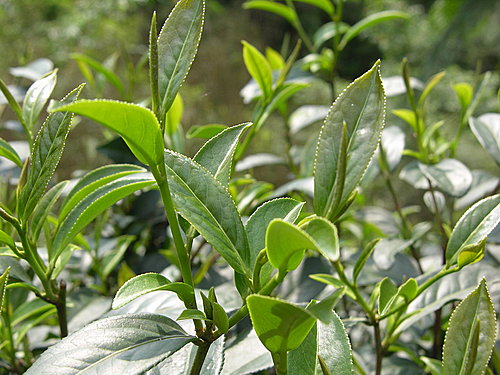
(2) Big Green Heart (alias: big No, Green Heart)
The middle shape of the tree is slightly transverse, the leaf shape is long and oval, the leaf base is obtuse and the tip of the leaf is sunken into the central part of the broadest, the serrations are relatively sharp, the mesophyll is slightly thick and hard, the middle rib is slightly obvious, the leaf color is dark green, the buds are hypertrophic and densely hairy and purplish red, the tree is strong, and the yield is high. This variety is mainly produced in Taoyuan, Hsinchu, Miaoli and other places. It has wide commonality and belongs to mesophytic species.
(3) Taicha No. 12 (alias: Jinxuan, strain name 2027)
The female parent is Tainong No. 8 and the male parent hard branch red heart. After hybridization, it was registered and named in 1980. The tree type is oval in shape, thick in leaf flesh, thick in green and glossy in color, purplish in bud green, rich in villi, high in bud density, strong and high yield, long picking period, resistance to branch blight, and general system of tea and oolong tea.
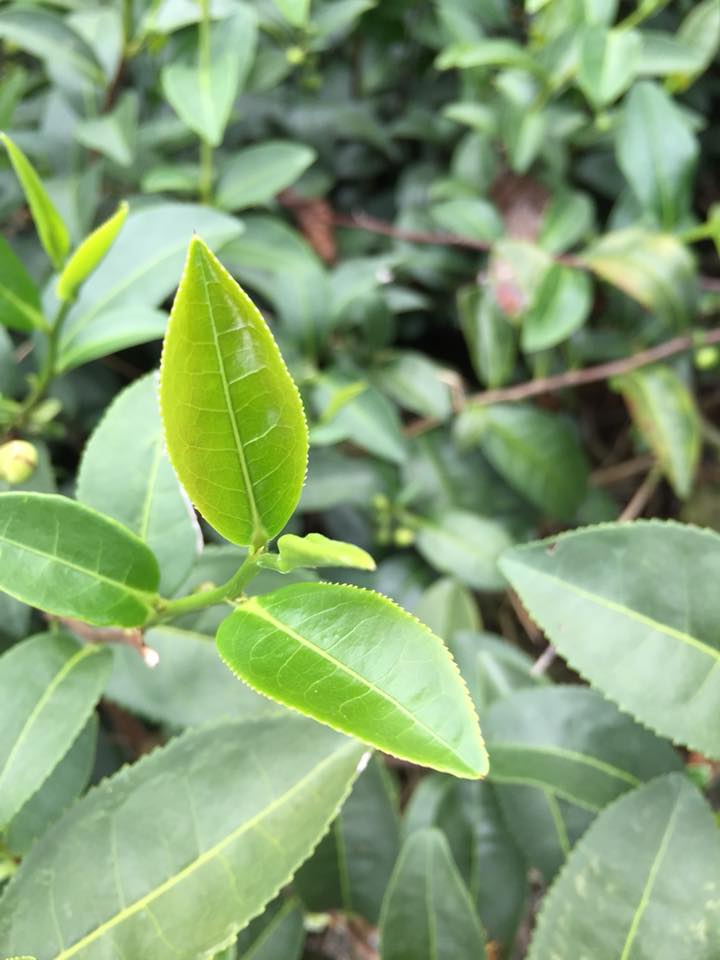
(4) Taicha No. 13 (alias: Cuiyu, strain name 2029)
The female parent is hard branch red heart, and the male parent is Tainong 80. After selection, it was registered and named in 1980. Except that the tree type is more erect, the bud color is slightly purple, the tree potential yield is slightly lower than the bud, and the density is relatively low, the other characteristics are similar to those of Taicha 12, which is suitable for the manufacture of seed-covered tea and oolong tea.
(5) Yellow orange (alias: Zi Xin, Baiye)
The tree type is medium-sized, the branches and leaves are dense, the leaves are Obovate, the sharp apex of the leaf is obtuse, the degree of reversal is the smallest, the degree of introversion is similar to that of citrus leaves, the bud color is yellow, the petals are long, the wrinkles are many, and the style is the longest, with an average of 1.41 cm. This variety was originally widely distributed in Taoyuan, Hsinchu and Miaoli, and is suitable for the production of black tea. in the early days, some areas were replaced by Taicha No. 1, which was promoted by the tea industry improvement market, but now due to the decline of black tea production, a large number of black tea has been updated to Qingxin Dayu, Qingxin Oolong or Taicha No. 12.
(6) Tieguanyin
The shape of the tree is slightly larger, the branches are enlarged, the number of branches and leaves is sparse, the leaf shape is oval, the leaf surface is the most developed, the mesophyll is very thick and glossy, the sawtooth is slightly larger but not sharp, and it is characterized by large waves below the center. The uplift between the lateral veins is wrinkled, the buds are slightly reddish, and the yield is less. The origin is in Anxi County, Quanzhou City, Fujian Province. Mucha is the main producing area in this province. It belongs to late species.
(7) hard Branch Red Heart (alias: Daguang Red Heart)
The shape of the tree is slightly larger, the branches and leaves are slightly sparse, the leaf shape is larger than that of Qingxin Oolong, the leaf shape is long oval-lanceolate, the serrated teeth vary in size, the mesophyll is slightly thick with glossy quality, the leaf color is purplish red, the buds are hypertrophic and densely fluffy, purplish red, the sprouting period is long, the tree is strong, and the harvest is in the middle. The origin of this variety is Jinshan Township, Taipei County. At present, it is mainly produced in Shimen Township, that is, the freshwater tea area is the main cultivated tea area. It belongs to early species.
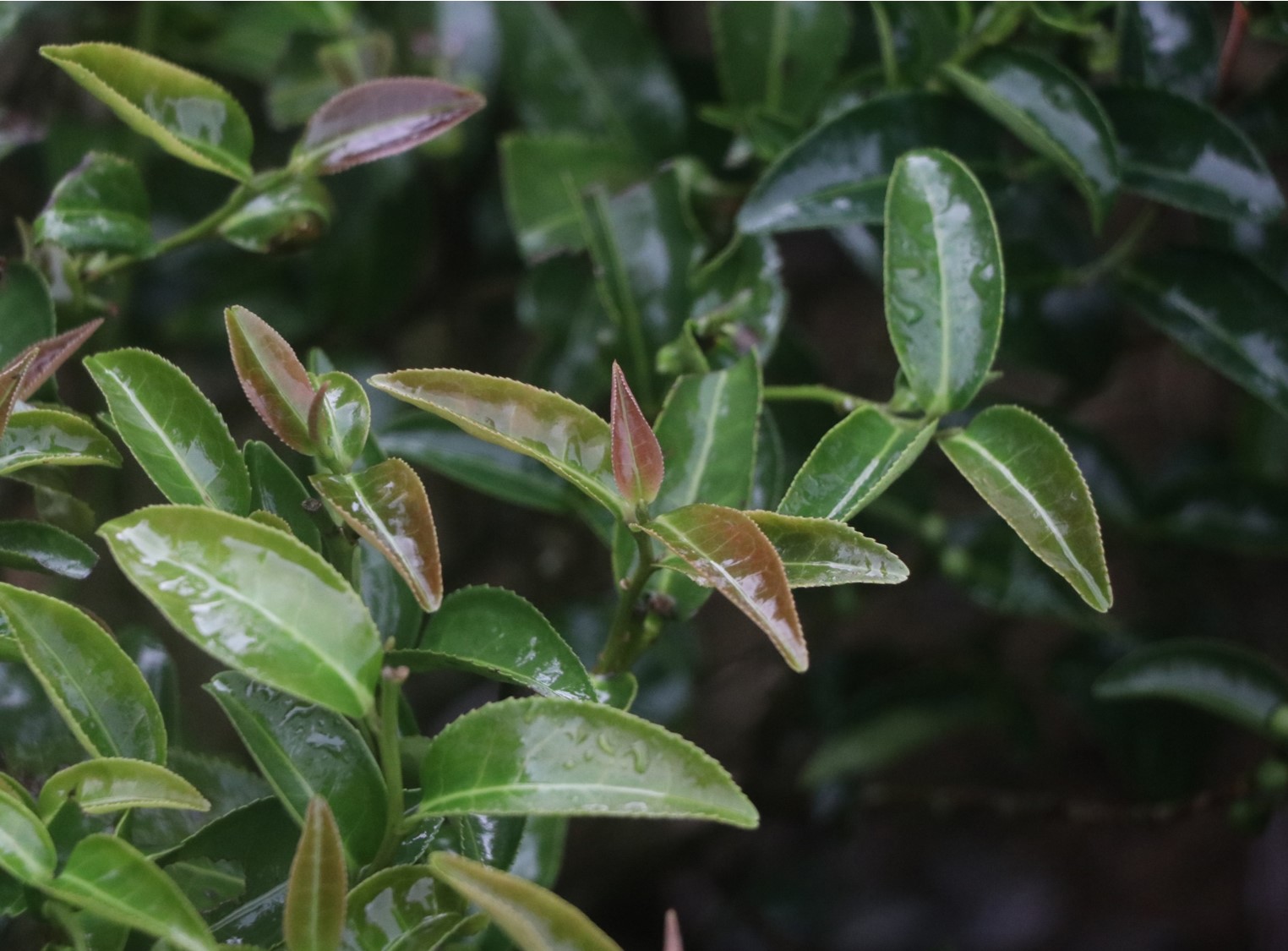
(8) Daye Oolong (alias: Oolong species)
The tree shape is tall, the branches are thick, the branches and leaves are slightly less, the leaf shape is long and oval, the mesophyll is thick and hard, the leaf color is dark green, the young buds are slightly fat, the white hairs are more, the light red, the tree potential is strong, the survival rate is high, the growth is fast, and the harvest is in the middle. The main producing areas of this variety are Xizhi, Qidu, Shimen, Shenkeng, Stone ingots and so on. At present, the cultivated area is gradually decreasing. It belongs to early species.
Important Notice :
前街咖啡 FrontStreet Coffee has moved to new addredd:
FrontStreet Coffee Address: 315,Donghua East Road,GuangZhou
Tel:020 38364473
- Prev
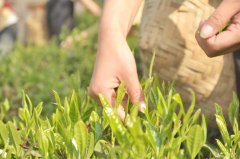
How many seasons of tea are picked in a year? What's the difference in tea from season to season? Which season is the best for tea?
When was this tea picked? The answer to this simple question tells us many things, including: the taste of tea, the expected quality of tea, the cultural value of tea products, the authenticity of tea products were well taken care of in the production process, free from pollution as early as the Tang Dynasty in China, the tea harvested for the first time in a year has the greatest value. This is mainly due to cultural reasons.
- Next
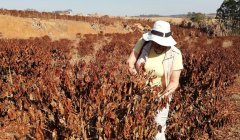
In 2022, Brazil's Arabica coffee production will lose about 4% due to frost.
Journalist, coffee analyst and agricultural liaison coordinator Maja Wallengren reports in STIR Tea Coffee, the world's leading tea and coffee industry magazine, that frost affects areas so widely in Brazil's coffee-growing regions that it accounts for 65% of Brazil's total harvest during the average crop cycle. STIR Tea Coffee gets exclusive information from senior Brazilian government officials
Related
- Beginners will see the "Coffee pull flower" guide!
- What is the difference between ice blog purified milk and ordinary milk coffee?
- Why is the Philippines the largest producer of crops in Liberia?
- For coffee extraction, should the fine powder be retained?
- How does extracted espresso fill pressed powder? How much strength does it take to press the powder?
- How to make jasmine cold extract coffee? Is the jasmine + latte good?
- Will this little toy really make the coffee taste better? How does Lily Drip affect coffee extraction?
- Will the action of slapping the filter cup also affect coffee extraction?
- What's the difference between powder-to-water ratio and powder-to-liquid ratio?
- What is the Ethiopian local species? What does it have to do with Heirloom native species?

